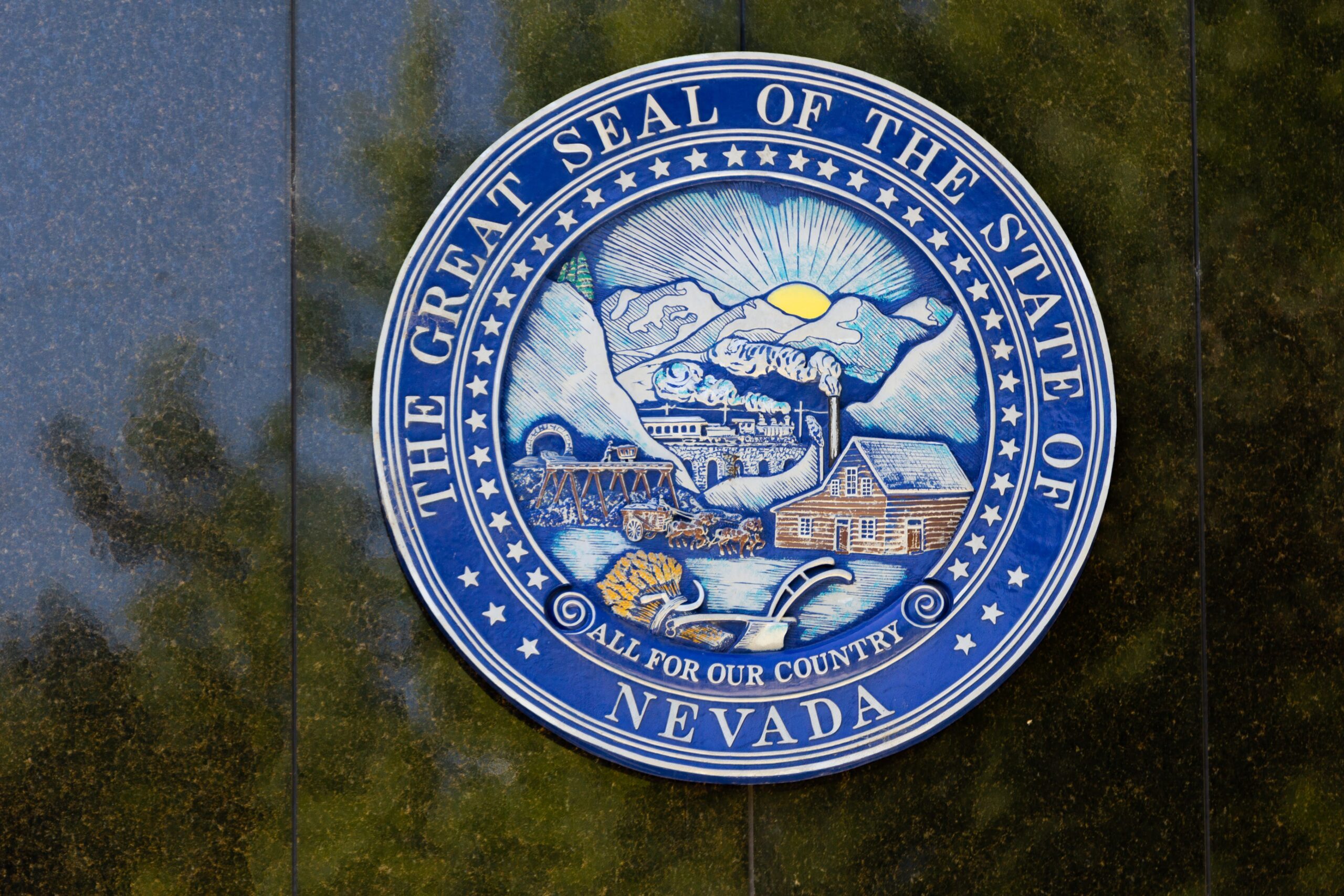Nevada tax revenues outperforming projections by 25 percent

Amid a period of high inflation and rising wages, Nevada’s general fund tax revenues — which fund the state budget — are significantly outpacing projections set last year.
Year-to-date tax revenues, which represent between nine and 11 months of data out of the current fiscal year depending on the particular tax, are $798.1 million ahead of the projections set by the state’s Economic Forum more than a year ago in May 2021, according to data from the Legislative Counsel Bureau’s fiscal analysis division. That amount represents a 25 percent increase over what the state was projected to bring in up to this point in the fiscal year, which was about $3.2 billion.
“It is a bit shocking to see the magnitude of the differences,” Economic Forum Chair Linda Rosenthal said on Thursday. “We were dealing with such uncertainty, just given the time period when we set these forecasts.”
In May last year, members of the Economic Forum — a state-appointed panel of private sector business experts who periodically provide forecasts of tax revenue streams used to determine the state’s budget — provided projections for the tax revenues used by the Legislature to set the budget for the 2021-23 budget cycle. The nearly $800 million in excess tax revenues is equal to about 18 percent of projected general fund revenues for the entire 2022 fiscal year, more than $4.4 billion after tax credits are accounted for.
Last year’s forecast came at a time when the state’s economy was still mired in turmoil amid the ongoing COVID-19 pandemic. In May 2021, Nevada’s unemployment rate was nearly 8 percent.
But since then, the state and national economies have drastically shifted. As employment concerns have lessened, inflation has skyrocketed amid supply chain issues and increased spending driven by the federal American Rescue Plan and other major stimulus packages.
With higher wages and more spending, revenue from the state’s sales and use tax through the first nine months of the 2022 fiscal year — which stretches from July 2021 to June 2022 — has outpaced the forecasted amount by more than $260 million.
“We've entered into a period of really high inflation, which obviously has effects on things like sales tax,” Marvin Leavitt, a member of the forum, said on Thursday.
Several tax revenue sources also help indicate the strong recovery of the state’s tourism and hospitality-driven economy. The percentage fees tax, a monthly tax on gross gaming revenue, has exceeded expectations by nearly $274 million through 11 months of the fiscal year. Revenue from the live entertainment tax is about $79 million higher than projected roughly nine months through the fiscal year.
Russell Guindon, a fiscal analyst with the Legislative Counsel Bureau, told members of the Economic Forum that those numbers are likely going to rise before the end of the fiscal year on June 30.
Leavitt pointed to how economic stimulus payments and inflation have driven the higher-than-expected tax collections, and said he expects the group will not have a “particularly easy” job in making its next forecast later this year, especially as a potential recession looms.
The Economic Forum typically meets in December before legislative sessions and in May during a legislative session to set revenue projections for the state budget. The panel also meets in June and December during off-years to discuss general economic trends and year-to-date tax performances.
When the group met last December, tax collections showed a similar trend, as general fund revenues have outperformed projections throughout the entire 2022 fiscal year.
The performance of the state’s tax revenues also affect the balance of the state’s “Rainy Day Fund,” which can be used during emergencies to help fund the state government.
During the pandemic, Nevada was one of two states, alongside New Jersey, to completely drain its fund, according to Pew Charitable Trusts. But with strong performing tax revenues for part of the previous fiscal year, the treasurer’s office announced in January that the Nevada Rainy Day Fund hit a balance of $340 million, or about 85 percent of the pre-pandemic high for the fund of $401 million.
Guindon said that after the close of the current fiscal year, the state could see another several hundred million dollars added to the reserve account, given how general fund revenues have outpaced the forecasted amounts so far.
Under state law, the controller annually examines those revenues, subtracts 7 percent of all appropriations made from the general fund in the prior fiscal year and then transfers 40 percent of the unrestricted general fund balance to the Rainy Day Fund.
When that transfer takes place, Nevada would likely have a record high amount of money in its Rainy Day Fund, putting the state government in a more comfortable position at a time when some economists caution that high inflation and a slowing economic growth could give way to a recession within the next year.
Correction: 6/13/2022 at 8:10 a.m. — This story was corrected to reflect that a piece of information came from Pew Charitable Trusts, not Pew Research.
